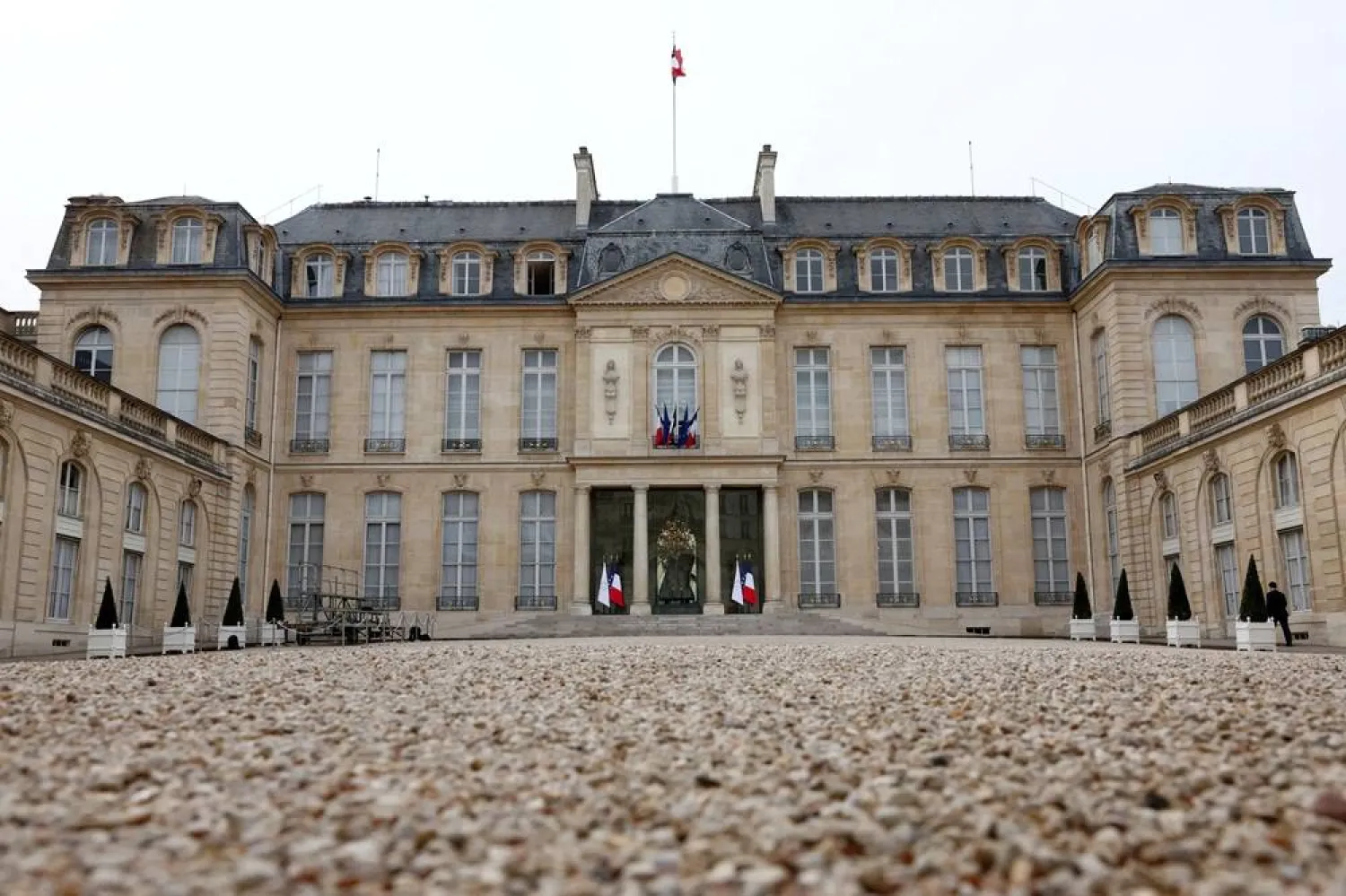Saja Shaheen is walking the aisles of Nour Cash & Carry, explaining the eclectic inventory of the popular grocery store her family has owned inside Brixton Market for more than 20 years. As new immigrant communities arrive in the diverse area of south London, she said, foods are added to match their tastes.
Bags of rice are piled six feet high near the entrance, next to 15-liter jugs of various cooking oils. Spiced plantain chips and eight varieties of jerk sauce are imported from the Caribbean. There are bags of egusi, ground prawns and dried crayfish used for African dishes. Date syrups, tahini and okra cater to Middle Eastern customers.
Nour has the crammed charm of a classic New York bodega, but with a standout food selection that has made it popular with local restaurant chefs. (“It’s Whole Foods without the eye-watering prices, for real people,” said a local blog.) The store is not designed for comfort — or social distancing. Elbowing someone aside to reach a bag of beans or cornmeal is acceptable. There are no discernible checkout lines. The staff is savvy at defusing arguments.
“Some people say they come here for the fight,” said Ms. Shaheen, walking through a spice aisle that stretches toward the ceiling, filled with curry powders, cardamom, nutmeg, paprika and peppercorns (green, red, black, white and pink). “It’s an authentic shop. It doesn’t look fancy. It’s been built organically.”
Nour’s beloved status in Brixton, a vibrant, occasionally chaotic, multicultural hub, made it a shock in January when the Shaheen family received an eviction notice. New landlords, Hondo Enterprises, run by a 39-year-old multimillionaire from Texas who moonlights as a house-music D.J., said the tenants needed to move out by July 22. A new power substation was being built on the premises to provide electricity for other shops in the increasingly upmarket shopping area where Nour is.
When the Shaheen family refused to strike a deal, a gentrification fight began. A group of customers organized to save the store, saying Nour’s fate was a referendum about broader changes in Brixton. And like many such battles — whether in San Francisco, New York or Paris — those being displaced in Brixton are disproportionately lower income and from minority communities, raising issues of race in a country that has long struggled to address the topic head on.
“The shop became emblematic of something more,” said Hiba Ahmad, who helped organize the campaign, called Save Nour. “Everyone has seen this story over and over.”
The Shaheen family is originally from Iraq but was forced out in 1980 by Saddam Hussein’s regime. The family stayed in Iran for a decade before eventually going to London in 1990.
“We thought Europe was heaven,” said Salam Shaheen, Saja’s father, who drives every evening to a London wholesale market to hand-select produce for the store.
The family settled near Brixton, an area with a reputation for welcoming immigrant families. Starting in the 1940s, Brixton was the center of the Windrush Generation, the people who moved from Jamaica and other colonies to help rebuild the country after World War II.
Many welcomed development of Brixton when investors began putting money into the area. The community had long been neglected and developed a rough reputation, particularly after riots in 1981 that were in part a result of racial tensions and aggressive police tactics.
Two glass-covered pedestrian arcades in the center of Brixton, dating from the 1920s and 1930s, became run down and were nearly turned into apartments in 2008. Now a registered heritage site, Brixton Market, including the arcades, is a shopping and nightlife destination, with independent shops, restaurants and bars opening next to older merchants like Nour, fishmongers and butchers.
But locals have watched warily as the change accelerated, fueled by Brixton’s once relatively affordable cost of living, public transportation links, boisterous nightlife, and enviable music, art and food scenes. A mural of David Bowie, who was born in Brixton, is a popular Instagram stop for tourists.
“All the local people, ethnic minorities, are being driven away,” said Folashade Akande, owner of Iya-Ibadan, a store that has sold African food and crafts in the market for more than 20 years. As new shops like the “plant-based cheesemonger” opened nearby, her rents have increased. “I’ll try to stay as long as I can,” she said.
In the Nour campaign, anti-gentrification activists found a seemingly perfect foil in Taylor McWilliams, Hondo’s chief executive. With financial backing from the American hedge fund Angelo Gordon, Mr. McWilliams bought the covered markets in 2018 for more than 37 million pounds, about $46 million today, along with a popular nightclub and another property he plans to convert into a 20-story office building, which would be Brixton’s tallest.
“He’s buying up Brixton,” said Anees Matooq, a Nour customer who is active in the Save Nour group.
Mr. Matooq said a prevailing view was that Mr. McWilliams, who dated an ex-girlfriend of Prince Harry and is a regular on the Ibiza club scene as a D.J. in the house-music group Housekeeping, wanted to make Brixton into an area where he and his friends want to hang out on weekends. For many, he represents what Brixton is not.
Mr. McWilliams said he wasn’t interested in changing Brixton. He wondered why he was cast as the villain, given that he had already spent more than £2 million, or $2.5 million, to fix plumbing problems, refurbish bathrooms and install a heating system that will keep the market busy during winter. He suspended rents for all tenants for three months after the pandemic broke out.
In April, while at home obeying Britain’s lockdown orders, the Save Nour campaigners infiltrated an online charity concert Mr. McWilliams was playing. The activists dressed up as clubgoers until Mr. McWilliams’s set began, when they revealed themselves and began heckling and criticizing him with signs in front of more than a thousand internet onlookers. Suddenly club music websites were writing about the effort to save Nour.
Many in Brixton said the campaigners had a false sense of nostalgia. Ian Riley, a Scotsman who owns a plant and homewares store, Cornercopia, remembers finding dead rats and human feces when he took over a unit in the market more than a decade ago.
Marsha Smith, a local D.J. who grew up going to Nour with her mother, said that while she was frustrated that new shops were tailored more to well-heeled customers, Brixton had gone through different waves of change.
“You’ve got the original yuppies who don’t like the new yuppies,” she said.
In June, facing a drop in sales as a result of the pandemic, the Shaheen family was preparing a court challenge to save Nour. Local celebrities like the chef Yotam Ottolenghi spoke out on the store’s behalf, and more than 55,000 people signed an online petition.
But on June 19, after a flurry of negotiations, a deal was reached. Nour would move to a new location in the market with a slightly lower rent.
“It feels like a big, giant hug,” Ms. Shaheen said at the store the next morning, as customers stopped in to congratulate the family. “It validated us, an immigrant family coming here to this country and not being British.”
The New York Times









